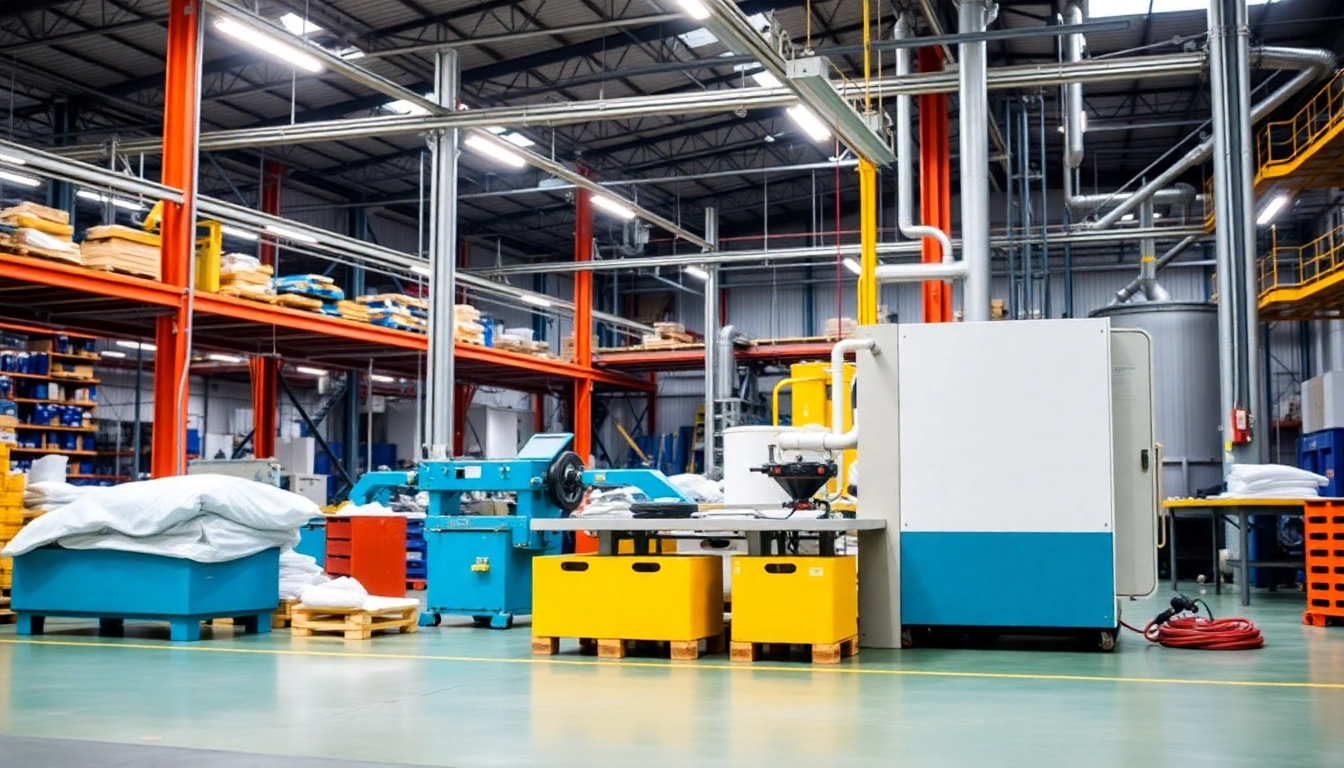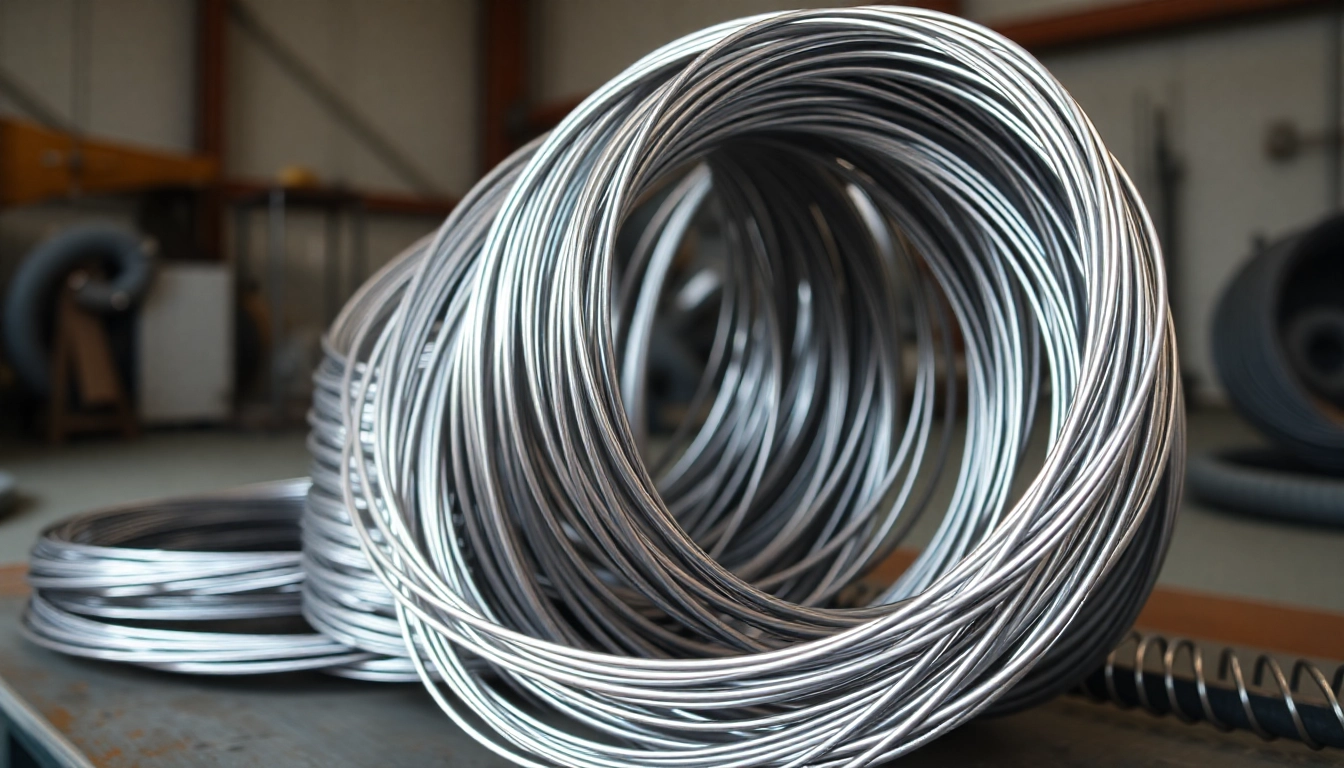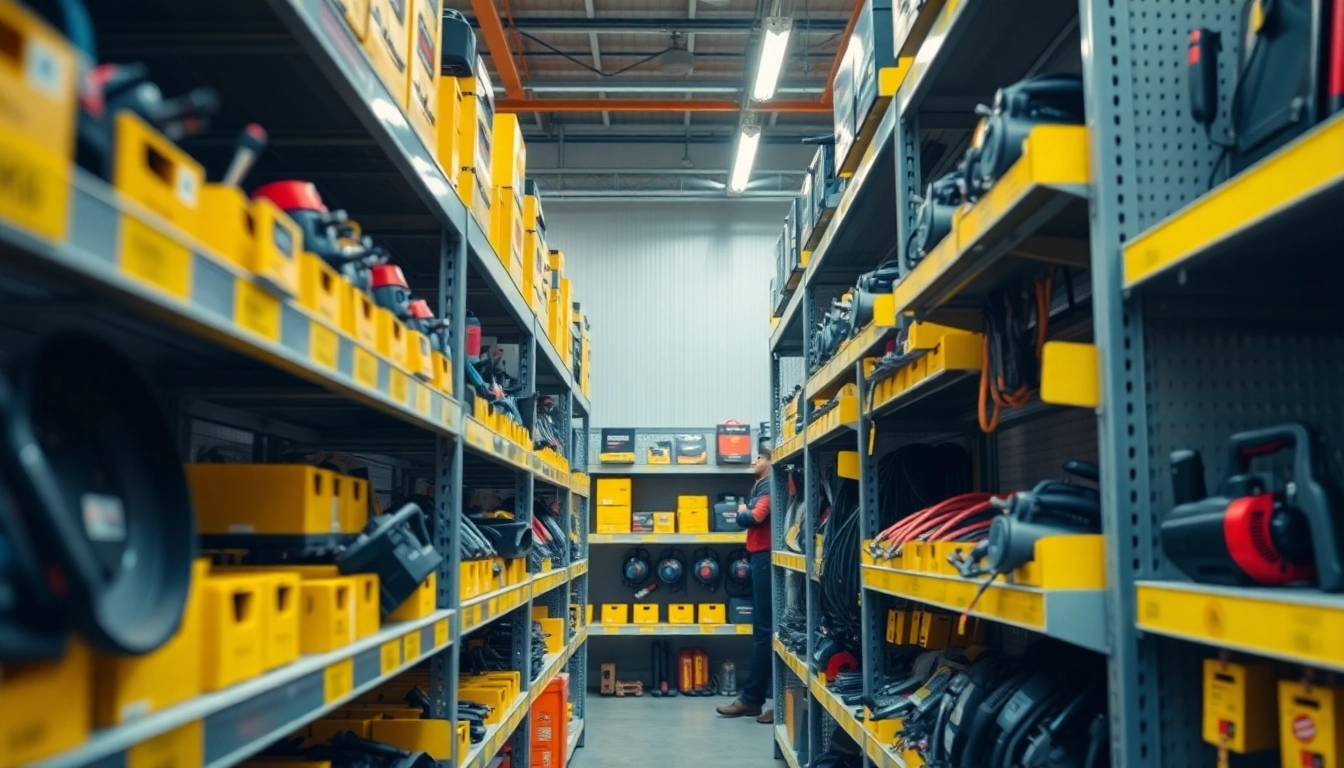Introduction to Filling Machines
In a world where efficiency and productivity are paramount, Filling Machines play a critical role in various industries. From pharmaceuticals to food and beverage, these machines are designed to automate the filling process, providing accuracy and speed that manual methods simply cannot achieve. In this article, we will explore the different types of filling machines, how they work, their benefits, tips for selection, and future innovations that are set to revolutionize the industry.
What is a Filling Machine?
Definition and Functionality
A filling machine is a piece of automated equipment designed to fill containers—such as bottles, jars, and pouches—with various substances, including liquids, granules, or powders. The main goal of these machines is to ensure precise and efficient filling while minimizing waste and preventing contamination. They can measure filling based on three main parameters: time, weight, or volume, allowing for tailored solutions for different types of products.
History and Evolution of Filling Machines
The history of filling machines dates back to the early 20th century when manufacturers began to recognize the need for more efficient packaging methods. Initially, manual filling processes were cumbersome and tedious, leading to the introduction of simple mechanical devices. Over the years, advancements in technology have led to the development of sophisticated machines capable of high-speed filling with minimal human intervention. Today, filling machines are equipped with sensors, programmable logic controllers (PLCs), and robotics, making them essential assets in modern manufacturing.
Benefits of Using Filling Machines
The advantages of utilizing filling machines in production lines are plentiful:
- Increased Efficiency: Filling machines operate at high speeds, significantly reducing production time compared to manual methods.
- Consistency and Accuracy: Automated systems ensure consistent fill levels across all containers, reducing human error and maintaining product quality.
- Labor Cost Savings: With the automation of filling processes, companies can reduce labor costs and allocate human resources to other areas.
- Reduced Waste: Precise controls minimize overfill and underfill scenarios, contributing to better resource management and fewer discarded products.
- Scalability: Many filling machines can be adjusted to accommodate varying production scales, making them suitable for both small businesses and large operations.
Types of Filling Machines
Manual Filling Machines
Manual filling machines are the simplest type of filling equipment. Operated by hand, these machines are ideal for small-scale operations or artisanal businesses where production volumes are lower. Although they offer flexibility and cost-effectiveness, the main drawbacks include slower filling speeds and the potential for inconsistencies caused by human error.
Semi-Automatic Filling Machines
Semi-automatic filling machines require some human intervention but improve upon manual machines by incorporating automated features. For example, an operator may need to position the container, but the machine can control the filling process. These machines are best suited for businesses that require a balance between efficiency and manual control, or for industries where varied product sizes are common.
Fully Automatic Filling Machines
Fully automatic filling machines offer the highest level of automation, allowing entire production lines to operate with minimal human supervision. These machines can be programmed to handle a wide range of fill quantities and container types. They often utilize advanced technology such as robotics and digital control systems to optimize performance. Ideal for large-scale manufacturing, fully automatic filling machines significantly enhance productivity, making them a preferred choice for many industries.
How Filling Machines Work
Filling Process Based on Volume
The filling process typically begins with the selection of the filling method, which can be based on volume. Various techniques include:
- Volumetric Filling: Accurate measurement based on the volume of the liquid being dispensed. Common in liquid filling machines, this method is used for products such as beverages and oils.
- Weight-Based Filling: This method weighs the container and the fill amount simultaneously, ensuring precision. It’s frequently used for products like powders and granular substances.
- Time-Based Filling: This relies on a pre-set filling time to dispense a certain quantity into the container, suitable for free-flowing liquids.
Control and Precision in Filling
Modern filling machines are equipped with sophisticated control systems that ensure precision during the filling process. These systems often include:
- Flow Meters: Instruments used to measure the flow rate of liquids, allowing adjustments to maintain accuracy.
- Sensors: Devices that detect container positioning and fill levels, providing feedback that helps avoid overfilling.
- Programmable Logic Controllers (PLCs): These programmable systems can automate fill settings and manage the operation of the machine.
Maintenance and Routine Checks
Proper maintenance of filling machines is crucial for ensuring longevity and efficiency. Routine checks should include:
- Inspection of sealing and filling components for wear.
- Calibration of measuring devices to ensure accuracy.
- Cleaning of parts to prevent contamination.
- Regular software updates for digital machines to enhance performance.
Tips for Choosing the Right Filling Machine
Factors to Consider
When selecting a filling machine, several factors should be considered to ensure it meets the specific requirements of your production:
- Product Characteristics: The nature of the product being filled (liquid, powder, gel) will influence the type of filling machine needed.
- Container Variety: Assess whether you need a machine that can handle different types and sizes of containers.
- Production Volume: Choose a machine that aligns with your production goals, whether high-speed automated systems or semi-automatic units for smaller output.
- Budget Constraints: Evaluate the total cost of ownership, including purchase price, maintenance costs, and potential downtime.
Machine Specifications for Various Products
Different products may require specific machines; for example:
- Viscous Liquids: Piston or diaphragm filling machines are effective for thicker substances.
- Powders: Auger fillers or vibratory feeders are ideal for dry ingredients.
- Free-Flowing Liquids: Gravity fillers or flow meters are well-suited for thin liquids.
Cost Performance Comparison
When evaluating multiple filling machines, it’s important to assess their cost against performance metrics, such as:
- Filling Speed: Measured in containers filled per hour.
- Downtime: The amount of time the machine is inoperable due to maintenance or malfunctions.
- Production Yield: The percentage of filled products that meet quality standards versus total output.
Future of Filling Machine Technology
Innovations in Filling Efficiency
The landscape of filling machines is continuously evolving. Innovations are aimed at improving efficiency, including:
- Smart Technology: Integration of IoT devices allows for real-time monitoring and operational adjustments, leading to increased efficiency.
- Advanced Robotics: Robotic arms can reduce human error and enhance packaging speed without compromising accuracy.
- Sustainable Solutions: Eco-friendly materials and energy-efficient designs are becoming more prevalent in new machines, aligning with global sustainability initiatives.
Market Trends and Consumer Demands
The demand for customizable and flexible filling solutions is rising, driven by market trends such as:
- Personalization: Brands are increasingly customizing packaging to attract consumers, requiring machines that can handle custom sizes and designs.
- Health and Safety Standards: Industries must comply with strict regulations, pushing for machines that incorporate safety features and easy sanitation.
- Short Runs: As businesses lean towards just-in-time manufacturing, flexibility in production runs has become essential.
Implementation of AI and Automation
The integration of artificial intelligence (AI) in filling machines presents opportunities for enhanced operational capabilities. AI can optimize filling sequences, predict maintenance needs to reduce downtime, and analyze production data to enhance overall performance.
Conclusion
Filling machines are vital components of modern production lines, providing significant enhancements in efficiency, accuracy, and cost-effectiveness. As technologies evolve, the capabilities and functionalities of these machines are set to increase further. Businesses that prioritize the selection of the appropriate filling machinery will not only meet current production demands but also stay ahead of the curve in an increasingly competitive market.



